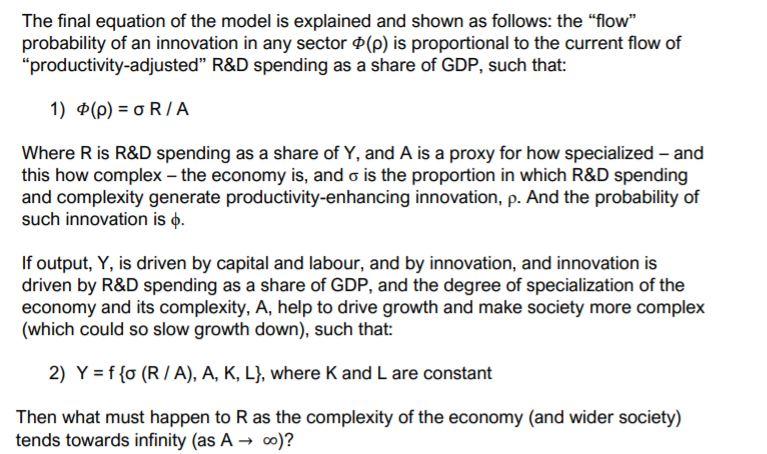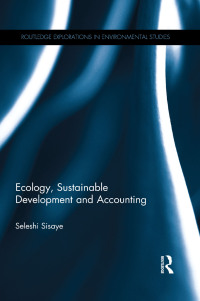Answered step by step
Verified Expert Solution
Question
1 Approved Answer
We have an innovation-based Schumpeterian model in which productivity and aggregate output growth are driven by product improvements, which are driven in turn by spending
We have an innovation-based Schumpeterian model in which productivity and aggregate output growth are driven by product improvements, which are driven in turn by spending on Research and Development (R&D). However, as the economy becomes larger, and more technologically advanced, it becomes more complex.

Step by Step Solution
There are 3 Steps involved in it
Step: 1

Get Instant Access to Expert-Tailored Solutions
See step-by-step solutions with expert insights and AI powered tools for academic success
Step: 2

Step: 3

Ace Your Homework with AI
Get the answers you need in no time with our AI-driven, step-by-step assistance
Get Started


